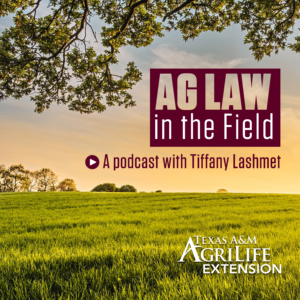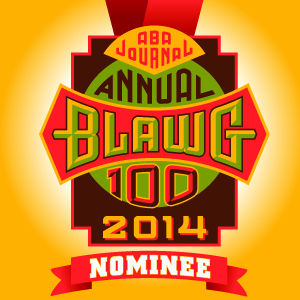Today’s blog post contains maps developed by Dr. Justin Benavidez, our District Economist here in Amarillo. Dr. Benavidez has been an outstanding addition to our AgriLife faculty and has even taught me–a lawyer–about economics, so you know he’s got to be good! Dr. Benavidez has a blog, and you can subscribe to receive his posts as emails to you. Click here to learn more.
If you’re curious what average cash rent rates are in your area, we’ve got the info for you!
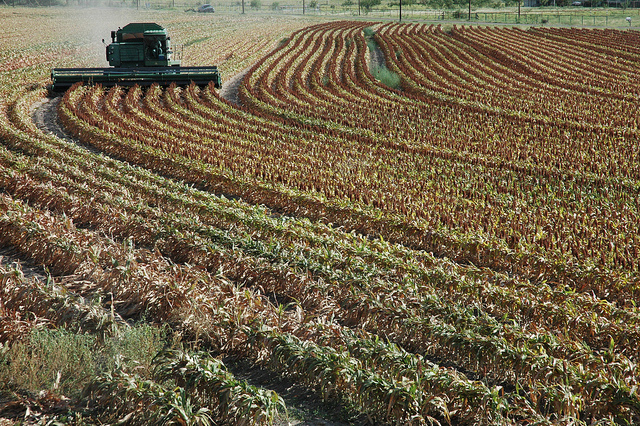
Texas A&M Agrilife photo by Steve Byrns
USDA NASS Cash Rent Survey Results
The USDA National Ag Statistics Service surveys landowners and producers each year to publish average lease rates by state. In odd-numbered years, they break that information down by region within the state and by county.
Keep in mind, of course, these are merely averages. The lease rate for a particular property will depend on a number of factors such as the quality and quantity of grass, the existence of and quality of fences, access to water, brush situation, etc. These published reports at least give a person a ballpark when looking at a particular property. All numbers below are reported as per acre, per year.
The nationwide average cash lease rate results are as follows:
- Irrigated cropland: $220.00 (Up $5.00 from 2018)
- Non-irrigated cropland: $127.00 (Up $2.00 from 2018)
- Pastureland: $13.00 (Up $.50 from 2018)
For Texas, the average lease rates for 2019 are:
- Irrigated cropland: $92.00 (Up $1.00 from 2018)
- Non-irrigated cropland: $30.00 (No change)
- Pastureland: $6.80 (Up $.10 from 2018)
To look up the results for your state, click here.
NASS also breaks each state into various regions and publishes regional information as well. For Texas, the reported data is as follows:

Additionally, the report also provides average lease rates by county. To look up the results for your county, click here.
Here are maps thanks to Dr. Benavidez showing the average lease rates for irrigated, non-irrigated, and pastureland by Texas county.
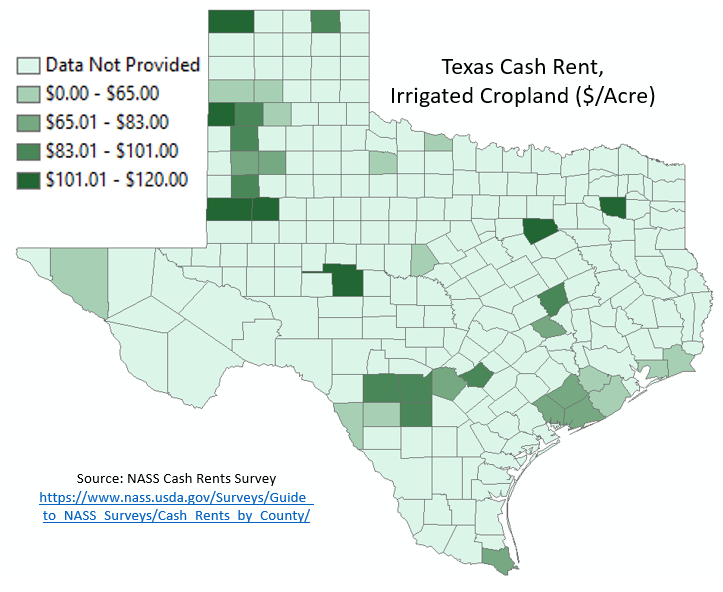
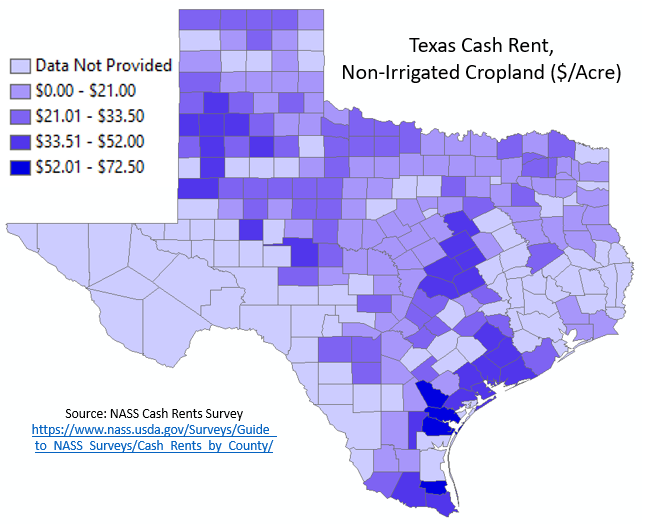

More Information
The most important thing for any agricultural lease is to ensure the lease is in writing. There are a number of reasons for this, but having a written lease agreement is the best way to protect not only one’s assets, but also one’s relationship with the other party. We’ve got a handbook that focuses on grazing, hunting, and livestock leases and includes checklists and sample lease language. You can download that here.
Additionally, each year we host a number of Ranchers Leasing Workshop events around the state. For 2019, our final workshop of the year will be in College Station on October 11 from 12 noon – 4 pm. We’ve had nearly 1,200 Texans go through this workshop and 100% of them would recommend it to a friend. To register for the College Station workshop, click here.
Our 2020 Ranchers Leasing Workshop dates will be available soon–so keep an eye out for those.
Lastly, for those of you in Texas, the Rural Land Value Trends Report is also a great source of lease rate information. For more info, click here.
Ranchers Leasing Workshop is now available on demand to be taken anytime at your own pace. To register click here.



